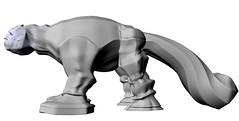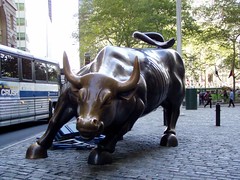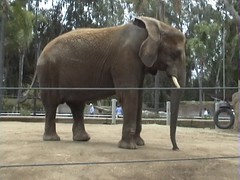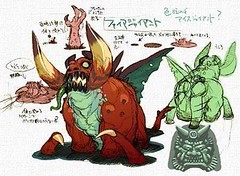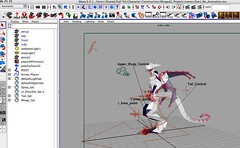
Character rigging and skinning is the process of building a "Control Skeleton", like a puppet rig, for a 3D sculpted character. Above is an image of my Centurion character with the control Skeleton (Rig) almost completely visible. The process of connecting the 3D mesh to the skeleton is skinning and building the skeleton to match the character and the complex set of relationships that become the controllers or the control system of the skeleton is rigging. Fortunately my first experience with character rigging and animation was my first Maya class taken at CADA. Susanne Taaffee's Maya 1 class "Trial by Fire: Intermediate Character Rigging." Character rigging is tedious and was overwhelming when I was first exposed to it in that class, but over the two years before taking Dan Visloski's Character Rigging class I really worked rigging concepts enough to really have a handle on it and was able to really glean all of the information from the advanced rigging classes necessary to feel competant in rigging just about anything I want to.
Rigging Image LARGE



